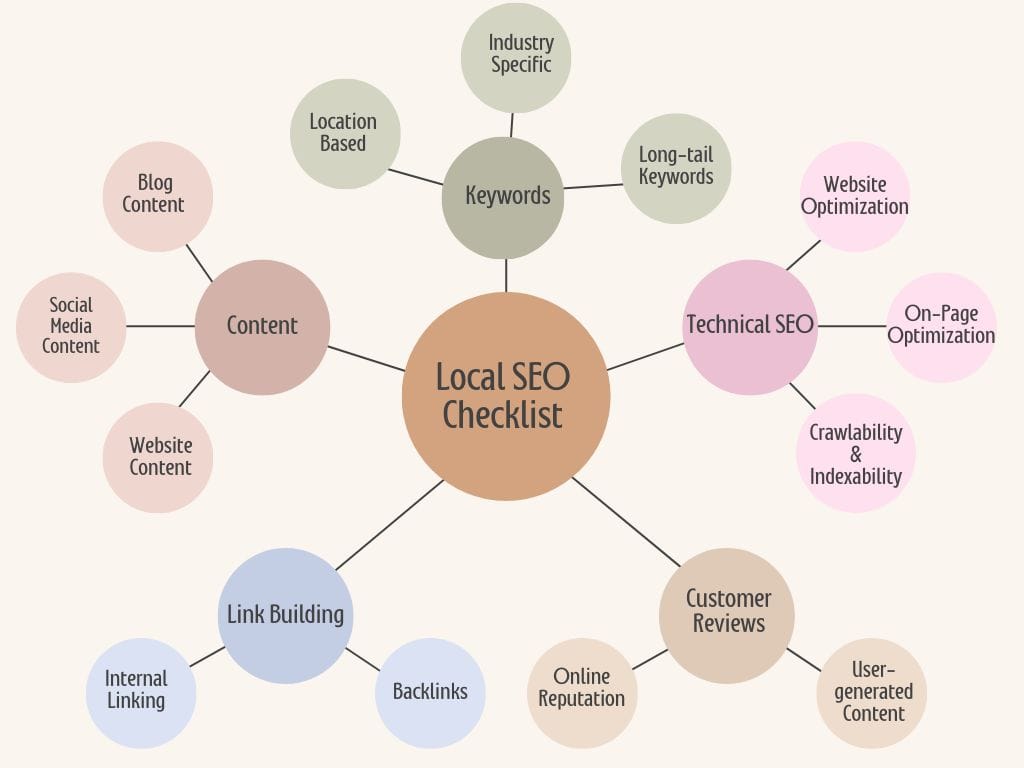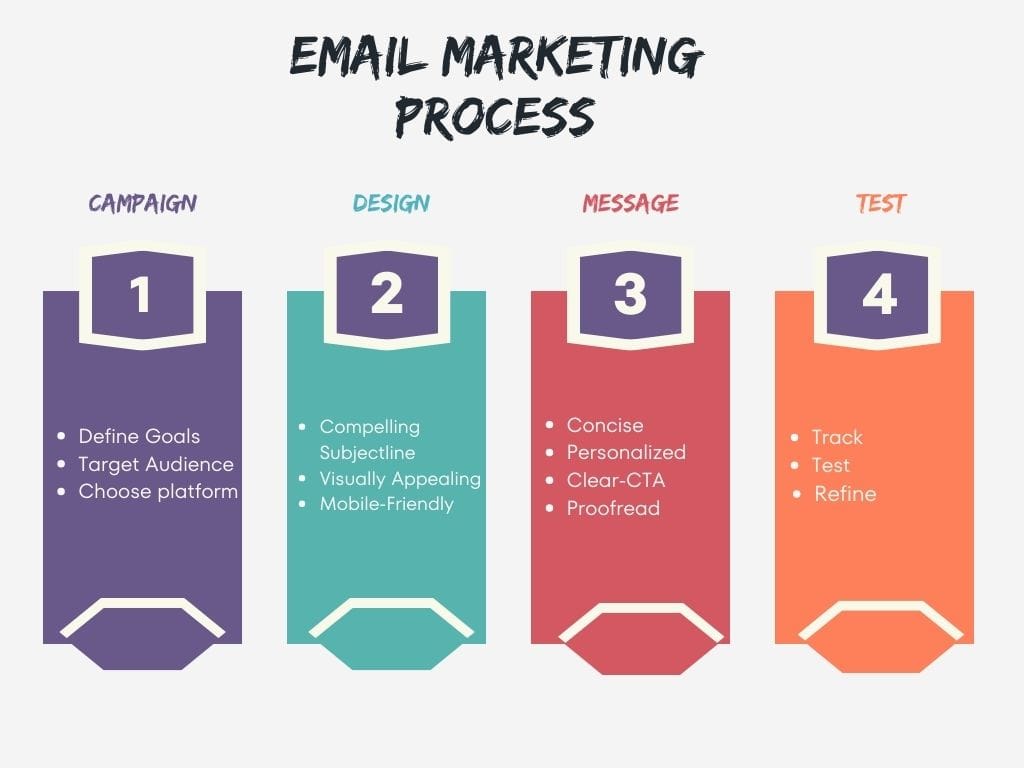Understanding the Challenge
Achieving the delicate balance between attracting new customers and retaining existing ones is a constant struggle for every business owner. This two-fold approach involves attracting customers interested in your offerings and nurturing their loyalty to ensure continued engagement.
We all know the initial steps – understanding your target audience and building strong relationships. These are fundamental, the bedrock of any successful customer strategy.
But true mastery lies in going beyond the basics. Here's where things get interesting:
- Maintaining a Competitive Edge: The market is dynamic, and your offerings must stay relevant. This might involve continuous product innovation, staying abreast of industry trends, or even anticipating customer needs before they arise.
- Expanding Your Reach: Don't be afraid to cast a wider net. Utilize effective marketing strategies to broaden your brand awareness. Explore new channels to connect with potential customers, whether it's through social media engagement, strategic partnerships, or targeted advertising campaigns.
Strategies for Growth and Retention
So, here's a comprehensive guide to achieving this client-centric balance, highlighting 9 proven strategies businesses have successfully implemented to attract and retain clients. Remember, there's no one-size-fits-all solution. The key lies in tailoring these strategies to your unique brand, so be open to embracing creative experimentation.
1. Leveraging Social Media Advertising
Statistics from Statista 2023 underscore the significant impact of social media marketing on businesses:
- Exposure: Increased by 86%
- Website Traffic: Increased by 76%
- Leads Generated: Increased by 64%
- Loyal Fan Base: Increased by 56%
- Sales: Driven by 55% growth
These impressive figures highlight the value of social media as a powerful marketing tool. Among global marketers, Facebook, Instagram, and LinkedIn emerge as the top three preferred platforms.
Businesses can achieve multiple marketing goals through social media advertising, such as driving traffic, generating leads, building relationships, and increasing brand awareness, all within the same platform. Cool right? However, many businesses need help determining the ideal platform for their specific goals and target audience.
While leading platforms like Facebook, YouTube, Instagram, and LinkedIn are ideal for business promotions, you can also establish an online presence by leveraging online communities like Reddit, Pinterest, and Quora.

Short-form video content emerged as the new trend in 2023 and is expected to grow significantly by 2024. So, why not focus on short-form informational videos about your products or services? Keep it short and visually appealing, and tell your story to your user.
2. Focus on Local SEO Checklist
Local SEO is non-negotiable for businesses aiming to dominate their local market. A study by Datareportal reveals that 81% of internet users rely on search engines for information.
It is the key to securing top search engine rankings and ensuring your target audience discovers your content first.
Optimize your website for local keywords. Create high-quality, informative content and incorporate local keywords naturally into your website's meta titles, meta descriptions, headings, and content.

Claim and Optimize your Google My Business profile for free. It's a must-have for business owners with features like information management, engagement tools, insights, and optimization options. Once verified, your business will appear in Google search results and maps.
Conduct Keyword Research to understand trends in your market. Identify top-performing content, keywords and local search queries related to your expertise.
Keep track of your competitors' websites and overall content strategies, including how and where they interact with customers. Learning from the competitors is essential for refining your business ideas and addressing any gaps they lack.
Prioritize On-Page Optimization. Begin by preparing content focused on your identified keywords. Elevate your brand reputation, highlighting your expertise in these areas. Create location-specific content and landing pages targeting different areas you serve.
Prioritize Customer Experience. Address their pain points and focus on providing exceptional service; answer their queries. And assist them in selecting the optimal solution for their needs– your product or service. Value their time and offer quick responses to win their attention.
3. Email Marketing
Email marketing enables businesses to reach a broad audience effectively and inexpensively. With an impressive 99% of users checking their email daily, it's a reliable way to reach your audience.

The key lies not only in visibility but also in crafting well-thought-out email campaigns that resonate with recipients.
A well-crafted email campaign can deliver a significantly higher return on investment (ROI) than other marketing channels. Email marketing's true strength lies in its personalization capabilities. Tailoring emails to match your audience's interests can significantly boost engagement and drive sales.
Bombarding your audience with long, frequent emails can backfire. If people don't find value, they will lose interest and unsubscribe. Instead, focusing on clear, concise messages highlighting your customers' benefits is advisable.
Transactional emails, such as order confirmations and shipping notifications, have higher open and click-through rates than promotional ones. Businesses can take advantage of this by including relevant promotions, like suggesting products that complement a recent purchase. This can turn those high-engagement emails into additional sales.
4. Harnessing User-generated Content and Online Reviews
Gone are the days of blindly trusting marketing hype. Today's online landscape is overflowing with persuasive campaigns, making it difficult to discern genuine value. This is where user reviews become crucial.
Online reviews can greatly influence consumer decision-making and a brand's reputation. They act as social proof, offering real customer experiences and authentic feedback, empowering consumers to make informed purchasing decisions.
Consumers crave authenticity and are more likely to trust the opinions of their peers. By prioritizing customer happiness and ensuring their needs are met, businesses can cultivate a loyal customer base that advocates for their brand and leaves positive reviews. Positive online reviews also testify to a brand's expertise and trustworthiness, enhancing its visibility and credibility in search engine results.
It's an investment in your brand's reputation and future success, so ensure they have something positive to shout about.
5. Collaborate with Others
Collaboration marketing, or co-marketing, offers a strategic marketing approach, allowing brands to collaborate and expand their reach.
By partnering with companies in similar industries, businesses can reach new audiences, benefit from each other's expertise, and work towards common goals.
The key to successful co-marketing is finding potential partners who share your target audience and brand values. Clear communication is essential to ensure everyone is on the same page and that collaboration benefits both parties. Together, you can plan a marketing campaign that combines your strengths and resources to create a bigger impact.
6. Partner with Influencers
Influencer marketing involves a strategic partnership with influencers with a strong following and influence within their respective niches.
Influencers are not just individuals with large social media followings; they are content creators with a unique talent for captivating and engaging their audience. Brands can leverage their expertise to create authentic and compelling content that communicates their message clearly in a relatable context.
One of the most significant advantages of influencer marketing is its ability to amplify a brand's reach beyond its existing audience. This allows you to tap into new audiences and amplify your brand voice.
Ready to get started? Platforms like Instagram (72%) and TikTok (61%) are popular choices for influencer marketing campaigns, offering diverse opportunities to connect with your target audience.
7. Retarget Website Visitors
Say you browse the web seeking a new gadget. You visit the brand's website, captivated by its features and potential, but decide to wait and weigh the options carefully before purchasing. Later, while scrolling through social media, you see an ad for the same gadget! This isn't a coincidence – it's a clever marketing strategy called retargeting.
Retargeting involves showing targeted ads to users who have previously interacted with your brand's website or digital content. These users have already shown some interest, so retargeting lets you remind them of your product and gently nudge them further down the purchase path. This is especially useful for indecisive shoppers who need a little extra push.
Retargeting keeps your brand top-of-mind by showing relevant ads based on past interactions. Studies suggest retargeting can boost your conversion rates by up to 161%.
8. Connect with Professionals on LinkedIn
LinkedIn, as the world's largest professional network, offers a unique and invaluable landscape for brands seeking to connect and engage with clients in a highly targeted and industry-specific manner.
LinkedIn's Business Solution allows brands to showcase their expertise and directly engage with professionals relevant to their products or services.
One of LinkedIn's standout features for brands is its lead generation forms and targeted advertising options, which enable them to capture valuable leads directly from the platform.
However, what truly sets LinkedIn apart is its capacity for brands to establish themselves as experts in their respective fields.
By leveraging LinkedIn's features, brands can position themselves as industry authorities, actively participate in relevant groups, host or attend events, and share their knowledge through articles, posts, and other content formats. This enhances brand visibility and fosters meaningful connections with potential clients who value expertise and thought leadership.
9. Landing Pages: Converting Interest into Action
Landing Pages are critical in digital marketing campaigns. They serve as dedicated web pages designed for marketing or advertising purposes. Landing pages should be strategically designed to focus visitors' attention on a singular objective, such as signing up for a newsletter or purchasing.
Expertly crafted landing pages act as educational guides, providing visitors with information about your product or service. You can communicate your offerings, unique features, and benefits through compelling and persuasive copywriting, effectively influencing visitors' decision-making.
Experiment, Adapt, and Succeed
While this article explores various effective strategies, feel free to experiment, analyze results, and adapt your strategies to resonate with your specific target audience and market. Learning, adapting, and prioritizing client satisfaction are key to sustainable business growth.
Thank you for reading this article. Consider subscribing for more such articles.
